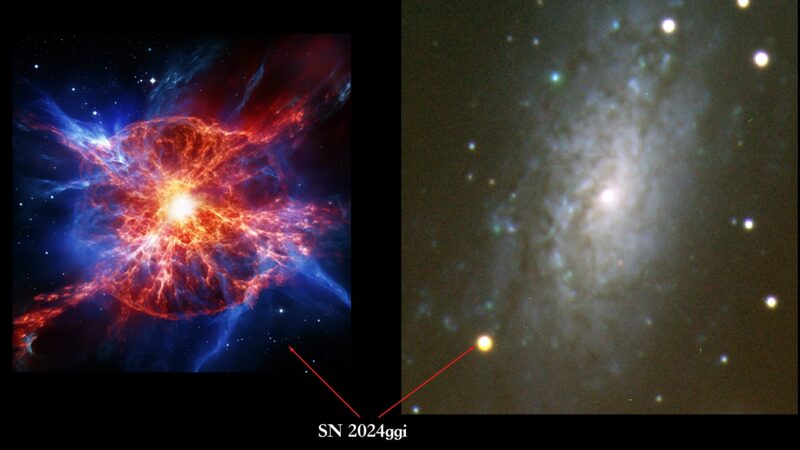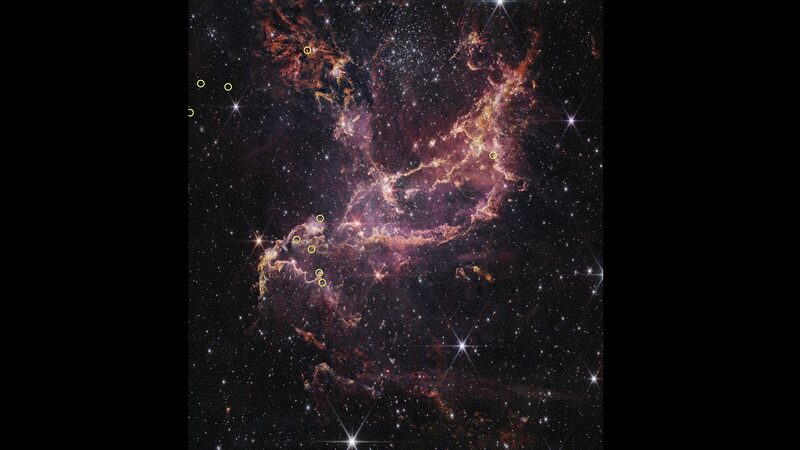Hold onto your telescopes, space fans! 🔭 China's Einstein Probe (EP) satellite just made history by detecting a 12.5-billion-year-old explosion from the universe’s toddler era. Talk about a time capsule! 💥
The EP spotted mysterious soft X-ray signals on March 15, 2024—flashing like a cosmic rave for 17 minutes before vanishing. Dubbed EP240315a, this burst happened when the universe was just 10% of its current age. 🌠
What’s the big deal? Scientists say it’s the first-ever detection of soft X-rays from such an ancient explosion. \"This opens a new window to study the young cosmos,\" said Yuan Weimin, lead researcher at China's National Astronomical Observatories. 👨🔬
International teams, including Italy’s Dr. Roberto Ricci, later confirmed it’s linked to a gamma-ray burst (GRB)—the universe’s most explosive light shows, usually from dying stars. But here’s the twist: X-rays arrived 6 minutes earlier than expected gamma rays. \"This could rewrite GRB theories,\" hinted Beijing Normal University’s Gao He. 🤯
Why care? These findings help decode how stars lived (and died) billions of years ago. And with Einstein Probe’s super-sensitive tech, who knows what’s next? 🌟
Reference(s):
China's astronomical satellite detected explosion from early universe
cgtn.com





